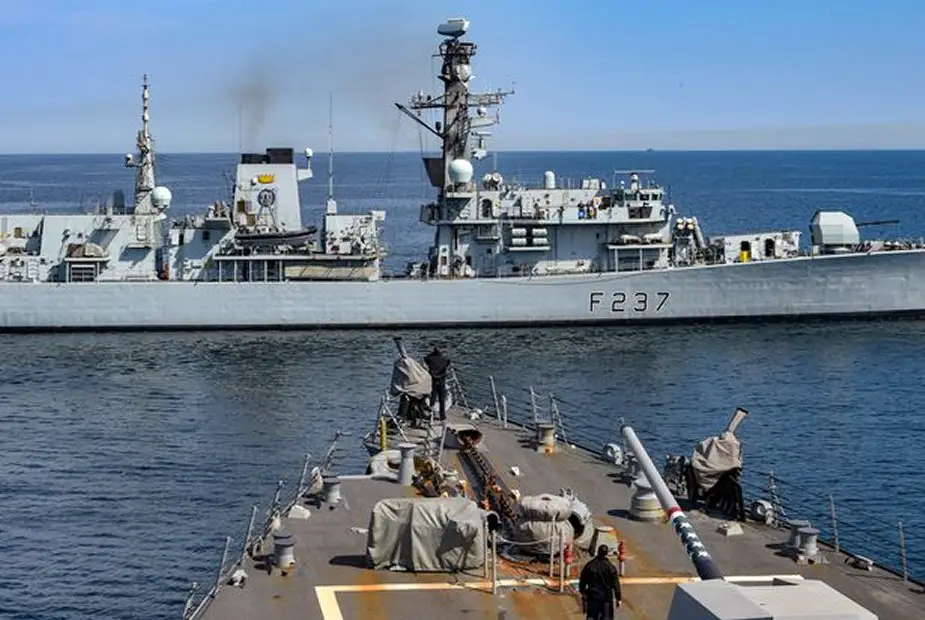Breaking news
Royal Navy deployed in the Baltic Sea after Russian threats.
A Royal Navy frigate has been sent to the Baltic Sea in order to help the NATO forces already being in the area to ensure the security, amid increasing tensions coming from a "credible threat" from Russia.
 The HMS Westminster crosses the USS Gravely's bow (flagship of the seven-strong NATO force) during towing in the Baltic (Picture Source: Royal Navy)
The HMS Westminster crosses the USS Gravely's bow (flagship of the seven-strong NATO force) during towing in the Baltic (Picture Source: Royal Navy)
Last month, Russia reportedly sent its warships to tracking the NATO battlegroup, when it steamed into the Baltic Sea. The Kremlin's National Defence Management Centre said "In order to work out a prompt response in case of potential incidents or accidents in the waters of the Black Sea, the Baltic Sea Fleet forces are tracking the NATO ships. Ship strike groups, the Bal and Bastion coastal defence missile systems, as well as navy jets are on duty in the designated regions".
Tensions between Russia and NATO forces increased after Britain deployed five Apache attack helicopters, in a move then Defence Secretary Gavin Williamson warned was to fight off a “very credible threat” from Russia. The aircraft were sent to Estonia and will be supported by Wildcat battlefield reconnaissance helicopters.
The HMS Westminster is now on the half-way point of a six-month mission to keep the Baltic Sea secure with the NATO allies. The Royal Navy frigate will be part of a task group charged with keeping the water safe and being ready at the drop of a hat to respond to any incident. It is the seven-strong NATO force, which is led by the USS Gravely destroyer as flagship. In this group, there also are the Spanish frigate EPS Almirante Juan de Borbon, the Turkish frigate TCG Gokova, and the ORP General Kazimierz Pulaski (also of the Turkish Navy), Denmark's command/amphibious ship HDMS Absalon, and the German tanker FGS Rhön.


























